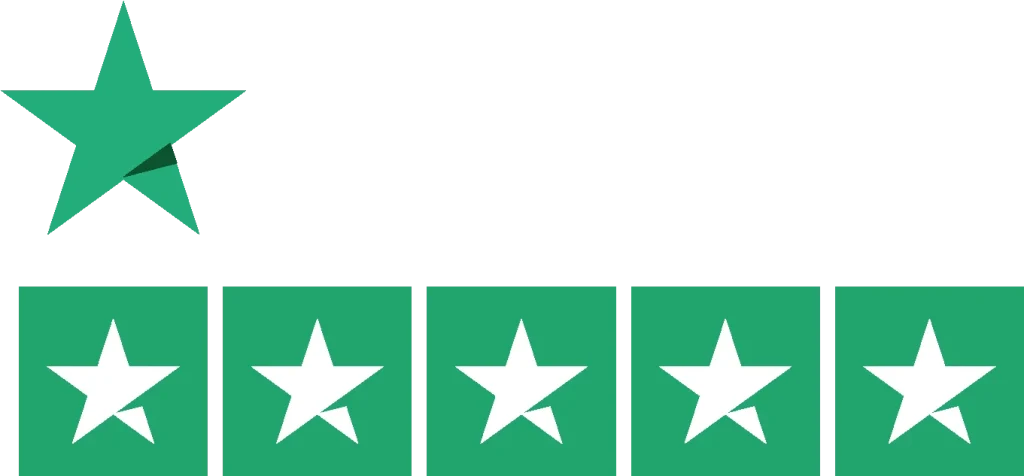Starting a novel is a little like walking into the unknown. All you have in mind are ideas. Then how to turn them into reality in black and white? What makes an idea worthy of being fleshed out into a novel?
This remains a catch for prospective writers. You can spend hours staring at a paper and blanking out on what to write. The path to writing a novel looks like this for many beginners. There’s a lack of motivation or no direction.
We assure you that you don’t need to be experienced to write a novel. This claim comes from experts from one of the best novel writing services. The truth is anyone who wants to tell a story can write a novel. Don’t believe us? Consider this your ticket to the authorship world.
So, let’s get started on turning that blank page into your story.
How Can You Develop a Strong Plot for Your Novel?
Any successful novel needs a strong plot. A gripping beginning hooks the readers, the story builds anticipation, and a satisfying ending. To craft a plot that engages readers from start to finish, follow this detailed step-by-step guide:
- Identify the Central Conflict
- Choose a Plot Structure
- Build Strong and Purposeful Scenes
- Add Plot Twists and Surprises
- Develop the Climax and Resolution
Let’s explore these in detail.
1. Identify the Central Conflict
Every story has a problem or conflict. This conflict creates tension and moves the story forward. One main character should have a clear goal, but there must be challenges or obstacles in the way.
Ask Yourself:
- What does your protagonist want the most?
- Why can’t they achieve it easily?
- What is at stake if they fail?
The tension between the protagonists wanting what they want with the difficulties along the way is what a great plot thrives on. If you’re unsure where to begin, professional novel ghost writers or novel writer for hire can help.
2. Choose a Plot Structure
Once you have the conflict, organize your story into a structure that provides clarity and flow. Popular structures include:
- Act 1 (Setup): Introduce the protagonist, the setting, and the conflict. End this act with the inciting incident—the event that changes everything.
- Act 2 (Confrontation): The main character works hard to reach their goal, but the challenges keep getting bigger. The tension rises, and the risks become greater. And then the surprises appear.
- Act 3 (Resolution): The story reaches the climax. Then, everything is resolved, and the story comes to an end.
- The Hero’s Journey
Stories about transformation or adventure are good for this method. Key steps include:
- The Call to Adventure: It is the disruption of the protagonist’s normal world by an outside something, person, or event.
- Crossing the Threshold: There is a start of a journey and challenges.
- Trials and Tests: They face obstacles, allies, and enemies.
- The Ordeal: The climax or darkest moment where they face their greatest challenge.
- The Return: The hero overcomes the challenge and returns transformed.
- The Snowflake Method
Start small and expand:
- Summarize your story idea in one sentence.
- Expand that sentence into a paragraph.
- Write short summaries of your characters and plot events.
- Gradually build your scenes into a full outline.
Pick a structure that suits your story and writing style. You can hire novel writers or consult a novel writing service if you’re unsure which method to follow.
3. Build Strong and Purposeful Scenes
Every scene in your novel must serve a purpose. A strong scene either develops the plot, deepens the character, or both.
Checklist for Effective Scenes:
- Start with Action or Tension: Don’t use long descriptions or backstories. Grab the reader’s interest and ease into the event.
- Raise the Stakes: Make the situation of the protagonist more intense.
- Conflict and Resolution: Take advantage of the story by introducing some challenge or decision that moves the story forward.
- Show Character Growth: How does the scene impact your protagonist? Is there any transformation in their life?
4. Add Plot Twists and Surprises
Surprises keep readers engaged and make your plot dynamic.
- Introduce unexpected revelations about characters or events.
- Use red herrings to mislead readers before revealing the truth.
- Turn expected outcomes on their heads. For example, a trusted ally may turn out to be the villain.
5. Develop the Climax and Resolution
The climax is when your story peaks emotionally or narratively. It’s where the biggest challenge for the protagonist happens, and the stakes are at their highest.
How to Write a Strong Climax:
- Build to a Breaking Point
- Confront the Core Conflict
- Deliver an Emotional Punch
The first step can be incredibly daunting. But it doesn’t have to be this way. If approached with determination, you can get a novel that has unique plots, interesting characters, and a steady writing schedule.
Novel writers for hire can help you if you need professional assistance. Whether you’re searching for famous novel writers or the best novel writers, hiring a novel ghost writer can streamline the process. We offer novel writing, publishing, and marketing services at Digital Encyclopedia. And connect you to the best novel writers for a compelling story.
Frequently Asked Questions
How to begin novel writing for beginners?
The first step is to have a definite plan in mind of what you wish to communicate in your novel. Just start with a good ground – the overarching idea of the plot and several key characters. As you write, stay consistent with small goals that will facilitate your growth as an author. The first draft is just about putting your story on paper. It doesn’t have to be perfect. It’s the starting point for editing and improving later.
Can a 14-year-old write a novel?
Absolutely! Age does not limit any to writing a novel. Many famous novel writers start young. They consider an idea they’re passionate about and write it down from a basic outline. Tell your stories using your experiences, your imagination, and your creativity, and if you are stuck, seek support from novel writing websites like ours.
How do you start a novel with no experience?
If you have zero-writer experience, take on books in the genres you love to read. This helps get familiar with structure and character development. Write without self-judgment and freely. And make sure you get the first draft done. It helps build confidence and skills, too. You can always get in touch with our novel writers for hire for professional guidance and services.
What are the steps to writing a book?
The key steps to writing a book are:
- Choose Your Idea – Find a story concept that excites you.
- Outline the Plot – Map out the beginning, middle, and end of the story.
- Create Characters – Develop relatable and dynamic protagonists and antagonists.
- Set Writing Goals – Establish a writing schedule with achievable word count targets.
What is the first sentence of a novel, and why does it matter?
It sets the tone and shows the reader what to expect. It is the tone of the entire story and hooks the reader. The opening line should grab readers, hint at their conflict, or, more specifically, offer a gripping character or setting. You can see right away with Moby Dick’s “Call me Ishmael,” for example. This engages readers and establishes the narrator’s voice.




